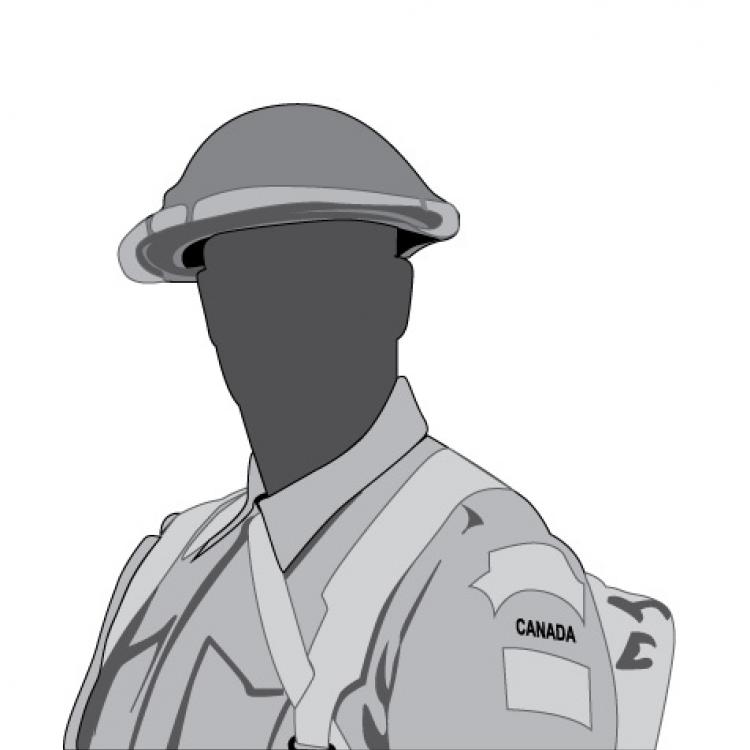McTAGGART, William Broder
DIVISIONAL UNIT: 4th Canadian Infantry Division
4th Divisional Field Artillery
3rd Brigade Field Artillery
12th Field Battery
Canadian Field Artillery,
AWARDS: Distinguished Service Order.
DATE OF BIRTH: April 19, 1893
Clinton – County of Huron - Ontario
DATE OF DEATH: September 2, 1918 25 years 4 months
CEMETERY: Faubourg D’Amiens Cemetery – Arras –
Pas de Calais – France
VII F 1
PARENTS: Mr. George and Nettie McTaggart – Clinton – Ontario
Occupation: Student Religion: Presbyterian
Enlistment: January 7, 1915 – Woodborough in England.
Enlistment Age: 21 years 9 months.
He was appointed Lieutenant in the Canadian Field Artillery during August 1914, prior to his enlistment. In the autumn of 1914, he was mobilized along with his unit – 6th Battery, C.F.A. and then sailed for England in October.
On February 9, 1915 he arrived in France with the 3rd Brigade spending much of his time at the front. During that period, he was lightly wounded twice in the fall of 1915. In December he was appointed Aide-de-Camp to the General Office Commanding of Reserve Artillery. He was there until May of 1916. While there he was also promoted to the rank of Captain. In three short months following he was promoted to the rank of Major.
This soldier had been wounded twice in 1915 and then again in 1917.
On May 3, 1918, Fresnoy was taken, when his battery came under heavy enemy artillery fire which lasted three hours. Two of his guns were now out of action from direct hits with all of the crews killed or wounded. He immediately increased the rate of fire from his remaining guns and carried on until the infantry had consolidated. Then on May 13th his battery was again heavily shelled by enemy 8” artillery. One shell hit his dugout and buried him and one of his junior officers for four hours. Once dug out, he immediately started to dig out two of his men who had also been buried.
In addition, his gallantry on many occasions had been most conspicuous and his ability as a battery commander was beyond praise. Major McTaggert was wounded four times and twice mentioned in despatches. It was for these reasons that Major McTaggart was awarded the Distinguished Service Order.
The 1st Division was here at Mont Dury near the Queant Drocourt line until relieved by the 4th Division on September 1st.
The Germans had been shelling the Canadian batteries during September 1st and 2nd.
Each Canadian battery had 2,700 rounds of ammunition.
Major McTaggart was killed by enemy machine-gun fire that came down on his battery located in the Observation Post a s he was directing the firing of his battery from his positions on Mont Dury. He was struck by enemy machine gun fire after he went to the top of the Dury Ridge to reconnoitre the forward slope and the plain in the distance. Major McTaggart was considered to be a very efficient officer.
Major McTaggart had previously been wounded in the leg during November of 1917, invalided home to Canada where he recovered, and immediately returned to active service in April 1918. He attended St. Andrew’s College from 1912-1914.
He was mobilized with the 6th Canadian Field Artillery on August 8, 1914 and sailed for England in October of 1914. He then arrived in France with the 3rd Brigade on February 9, 1915.
He was a very well known Officer at the Royal Military College in Kingston and was on the McGill University Honour Roll where he was taking Applied Sciences.
It is not known at all when Major McTaggart was awarded the Distinuished Service Order. All Government of Canada files show that he was awarded the Distinguished Service Order and all books at the Toronto Reference Library with the DSO as the subject show him having been awarded the DSO without a following citation.
At this point in the war a Field Artillery Battery consisted of 6 18 pounder field guns. This gun had no equal as a quick firing artillery piece and when there were prolonged periods of fire this gun could fire more rounds at longer ranges and with greater accuracy. The trajectory of ths gun was better suited for shelling in an indirect role. As well the shrapnel shells were more effective. The weight of the gun and its carriage was 2,800 pounds. The limber when fully loaded with 24 rounds weighed approximately 1,700 pounds. The effective range for the 18 pounder was 6,000-6,200 yards and it could fire high explosive, shrapnel, incendiary, smoke and star shells.


